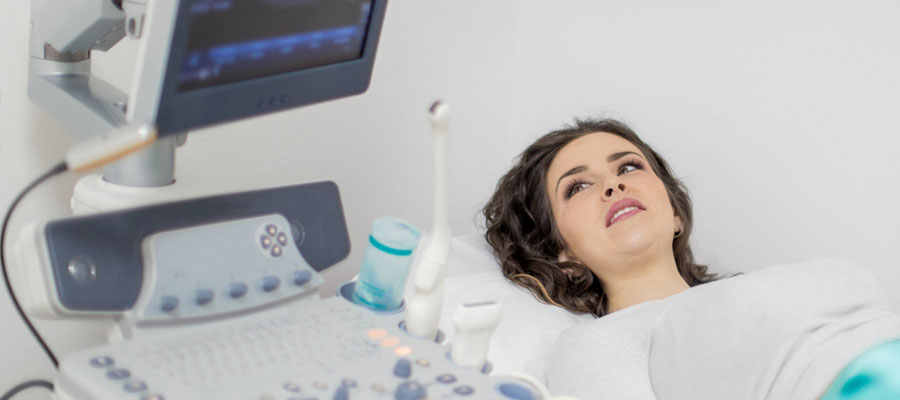
Estimated reading time: 2 minutes and 41 seconds
Whole Abdominal Ultrasound
Understanding the Procedure and Uses
Welcome to Aktif International Hospitals’ guide to whole abdominal ultrasound. In this comprehensive overview, we’ll explore what a whole abdominal ultrasound entails, its uses, the procedure itself, what to expect during and after the examination, and any potential risks or complications.
Frequently Asked Questions
What Is a Whole Abdominal Ultrasound?
A whole abdominal ultrasound, also known as a complete abdominal ultrasound, is a non-invasive imaging test used to examine the organs and structures within the abdomen. It allows healthcare providers to assess the liver, gallbladder, pancreas, kidneys, spleen, and abdominal blood vessels using sound waves.
What Are the Uses of Whole Abdominal Ultrasound?
A whole abdominal ultrasound may be performed for various reasons, including:
- Diagnosing abdominal pain or discomfort
- Evaluating abnormalities detected during physical examination or other imaging tests
- Monitoring the progression of chronic diseases affecting abdominal organs, such as liver cirrhosis or kidney disease
- Screening for conditions such as gallstones, kidney stones, or abdominal masses
- Guiding procedures such as biopsies or drainage of fluid collections
How Is a Whole Abdominal Ultrasound Performed?
During a whole abdominal ultrasound, the patient lies on an examination table, and a water-based gel is applied to the skin over the abdomen. The ultrasound technologist or radiologist then moves a handheld device called a transducer over the gel-covered area. The transducer emits high-frequency sound waves that penetrate the body and bounce off the abdominal organs, creating real-time images on a computer monitor.
What Can Patients Expect During and After the Examination?
- During the Examination: Patients may be asked to change into a gown and lie comfortably on their back or side during the procedure. The technologist may gently press the transducer against the skin to obtain clear images. The examination is typically painless and does not require any special preparation.
- After the Examination: Once the examination is complete, the gel is wiped off the skin, and patients can resume their usual activities immediately. There are typically no side effects or restrictions following a whole abdominal ultrasound.
What Are the Risks and Complications Associated with Whole Abdominal Ultrasound?
Whole abdominal ultrasound is considered a safe procedure with minimal risks or complications. Unlike other imaging tests that use ionizing radiation or contrast agents, ultrasound uses sound waves, making it suitable for pregnant women and individuals with allergies to contrast agents. However, rare complications may include discomfort due to pressure from the transducer or rare allergic reactions to the ultrasound gel.
Whole abdominal ultrasound is a valuable diagnostic tool used to evaluate the organs and structures within the abdomen. By providing detailed real-time images without the use of radiation or contrast agents, it allows healthcare providers to assess abdominal health, diagnose conditions, and guide treatment decisions. If your healthcare provider recommends a whole abdominal ultrasound, rest assured that it is a safe, painless, and effective imaging test that can provide valuable information about your abdominal health.
Author: Salim Dönmez


 TR
TR